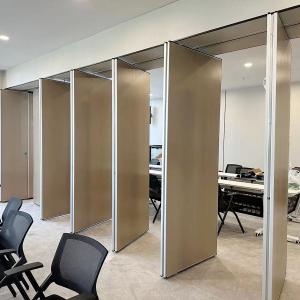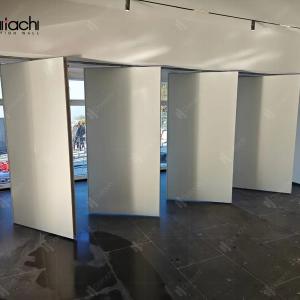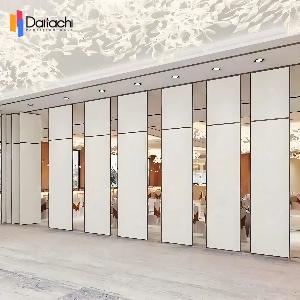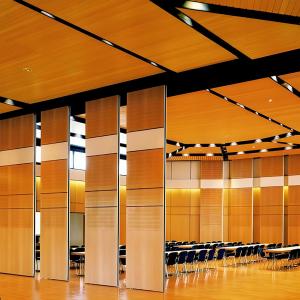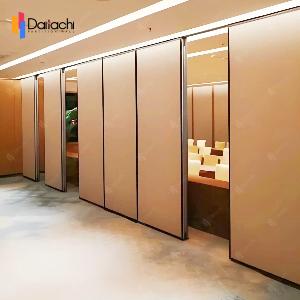operable partition walls for Outpatient Clinics: Precision, Modularity, and Healthcare Fluidity
This outpatient clinic renovation project is located within a compact medical complex, where patient flow, functional zoning, and visual openness are of equal priority. The space is designed not as a fixed infrastructure, but as a responsive system—capable of adapting to diagnostic, consultative, and emergency needs with minimal spatial interruption.
Inspired by the systematic rhythm of medical procedures, the integration of operable partition walls follows a modular logic: panels slide quietly along ceiling tracks, dividing examination areas or opening up circulation corridors as required. This mechanical mobility is not hidden—it becomes part of the spatial narrative. The partitions are clad in medical-grade finishes, soft in tone but clinically precise, offering both acoustic insulation and hygienic durability.
The partitions are not just functional devices but spatial indicators: defining when privacy is needed, and when transparency benefits the clinical environment. In doing so, they become an architectural response to the unpredictable rhythms of outpatient care—softly dividing, quickly responding, and always retaining the ability to change.
Precision finish, partition wall
By embracing this system of controlled openness, the clinic avoids rigid planning and instead reflects the dynamic nature of medical work. The operable partition wall becomes more than a separator—it is a tool of transformation, a silent collaborator in healthcare delivery.
This outpatient clinic renovation project is located within a compact medical complex, where patient flow, functional zoning, and visual openness are of equal priority. The space is designed not as a fixed infrastructure, but as a responsive system—capable of adapting to diagnostic, consultative, and emergency needs with minimal spatial interruption.
Inspired by the systematic rhythm of medical procedures, the integration of operable partition walls follows a modular logic: panels slide quietly along ceiling tracks, dividing examination areas or opening up circulation corridors as required. This mechanical mobility is not hidden—it becomes part of the spatial narrative. The partitions are clad in medical-grade finishes, soft in tone but clinically precise, offering both acoustic insulation and hygienic durability.

Partition panels retracted to one side, revealing circulation flow
Within the enclosed zones, acoustic isolation is enhanced through upper and lower seals, ensuring that parallel consultations or treatments can occur simultaneously without compromising patient confidentiality. Yet when the panels retract, the clinic opens up again—light, air, and interaction flowing across departments.The partitions are not just functional devices but spatial indicators: defining when privacy is needed, and when transparency benefits the clinical environment. In doing so, they become an architectural response to the unpredictable rhythms of outpatient care—softly dividing, quickly responding, and always retaining the ability to change.
Precision finish, partition wall
By embracing this system of controlled openness, the clinic avoids rigid planning and instead reflects the dynamic nature of medical work. The operable partition wall becomes more than a separator—it is a tool of transformation, a silent collaborator in healthcare delivery.

